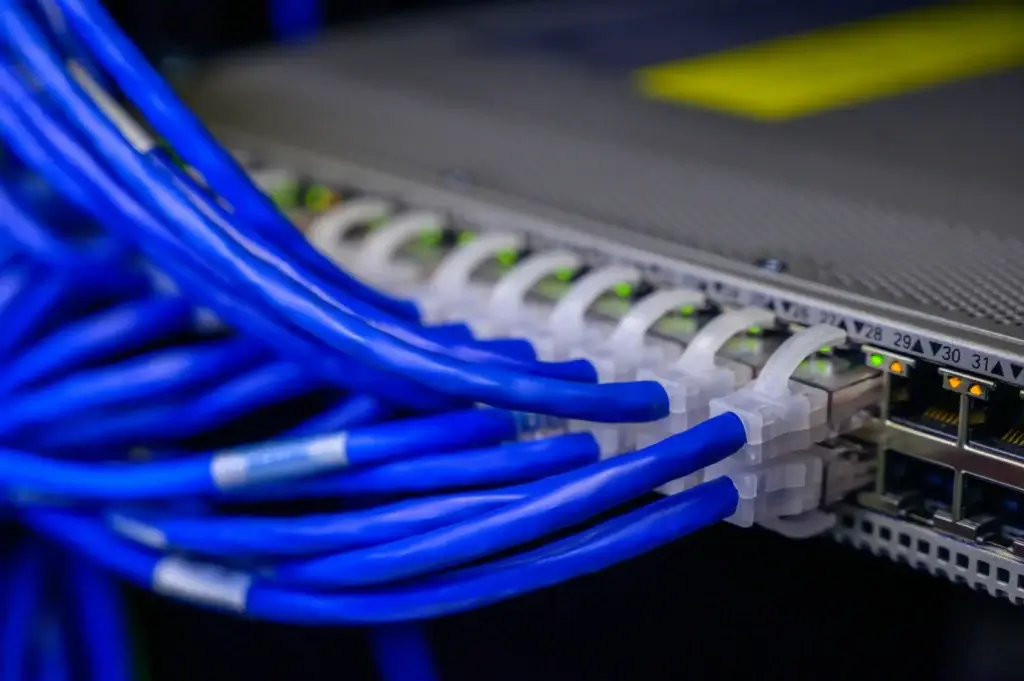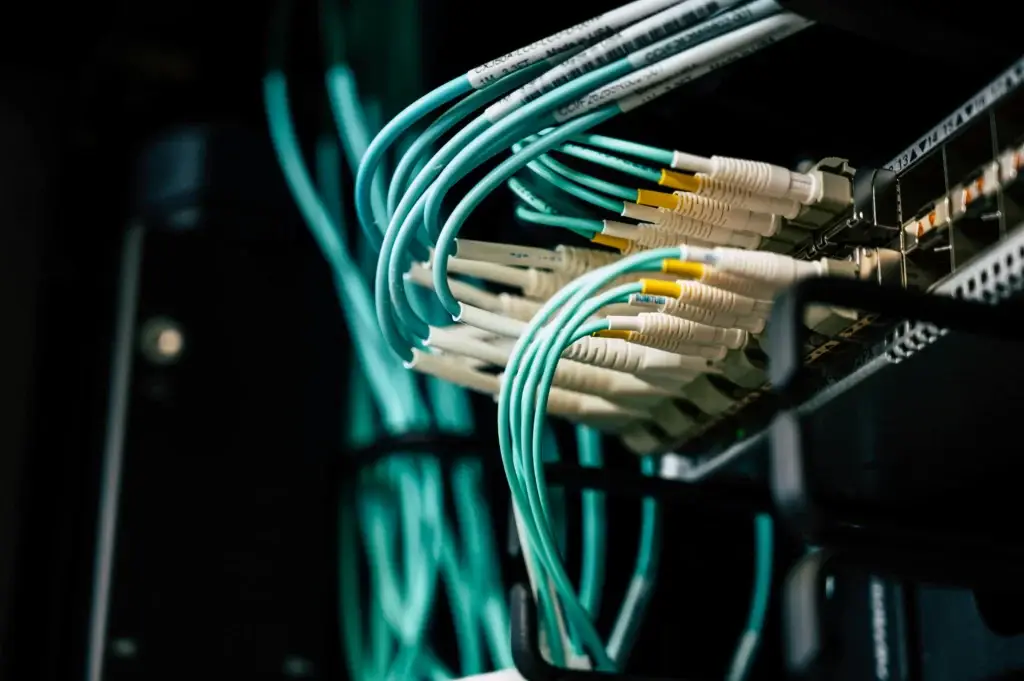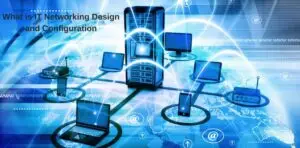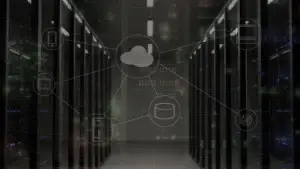Are you eager about IT networking and how it may help your business? IT networking plays an essential role for today’s businesses because it allows the sharing of data and information and distant possibilities for connectivity. It is also an essential component for designing network structures, such as allowing various devices to connect.
In this blog article, we will look at IT networking and why it is so important for businesses looking to achieve their goals.
What is IT Networking? Explain
IT networking is an increasingly important concept in today’s ever-changing technological situation. It involves linking many computers, devices, or other networking components so that data may be sent between them. This might involve utilizing cables such as ethernet cables to construct a wired network and Wi-Fi connections to build a wireless one; both forms of networks eventually allow all connected devices inside the network of devices to share information effortlessly.
In IT networking, you have to understand the concepts of network setup and upkeep. It requires an understanding of local area networks (LANs), wide area networks (WANs), virtual private networks (VPNs), switches, routers, security devices, and other network components. There are a lot of advantages and disadvantages of computer networks to grow your business.

How Does a Computer Network Work?
After discussing what a computer network is, let’s take a look at how it works. Computer networks enable multiple devices to exchange information and data via connections that are wireless or wired. Network designs are adjustable and specific to each event in which they are employed. That being stated, every network needs two fundamental components: 1) a network connector, which allows computer network systems to communicate with the network, and 2) a central server to which devices may connect to the network’s resources.
Such as the internet connection provided by your provider of internet services links your system to the internet (serving as a network adapter). The wireless network router to which you link your laptop, mobile device, and printer via WiFi allows other devices to connect to your internet connection.
Types of Computer Networks?
There are three main kinds of business personal or office computer networks:
Local area network (LAN)
A local area network (LAN) is a system of interconnection with a confined size and location. It usually links devices like computers in one workplace or residence. It’s utilized by small businesses or as a testing net for low-scale devices.
Wide area networks (WAN)
A wide-area network (WAN) is an industry network that connects many buildings, urban areas, or even different countries. LANs, on the other hand, are meant to carry data at faster speeds inside wide area networks (WANs) and to provide safe and dependable communication across great distances.
SD-WAN, or software-defined WAN, is a virtual WAN design powered by software technology. An SD-WAN provides more versatile and trustworthy connection solutions that can be regulated at an application level while maintaining privacy and excellent service.
Service Provider Networks
Customers can rent network capacity and functionality from service providers. It may include telecommunications businesses, data carriers, wireless communication providers, internet service companies, and television cable providers that offer access to the Internet at high speeds.

Wrapping Up!
In conclusion, IT networking is a key element of every business. It enables the data exchange of safe and confidential inside businesses, and also remote access to apps, services, and systems as needed. A strong network system allows businesses to better connect with workers both inside offices and remotely, which may be highly helpful for project collaboration, among other things. Understanding networking and how it works allows consumers to fully utilize this technology without incurring security risks.



